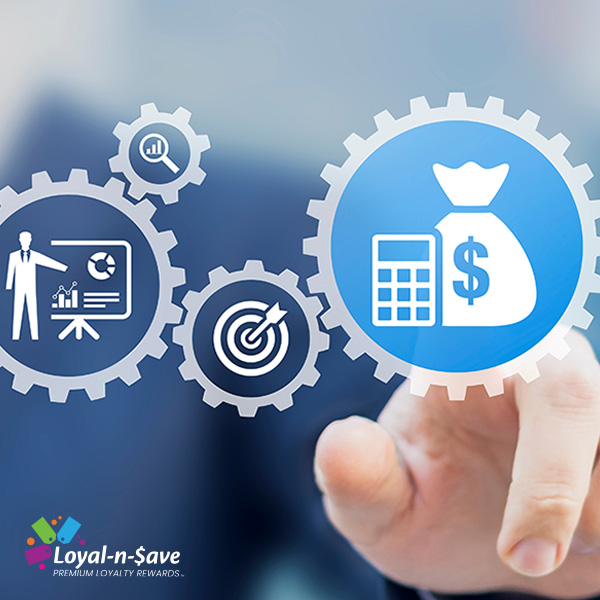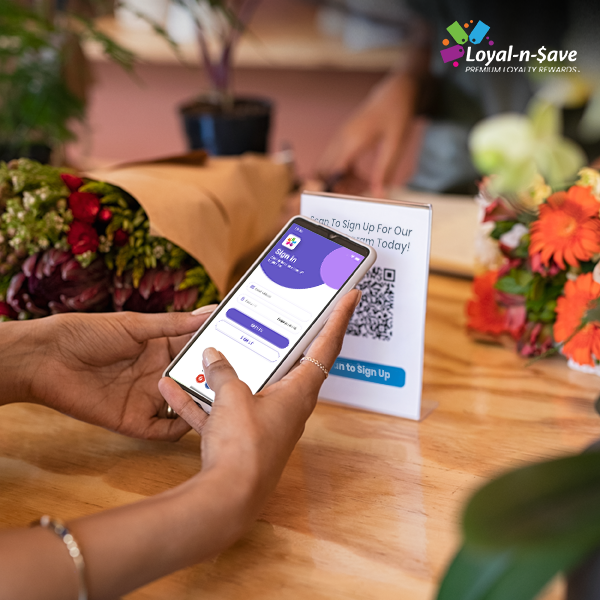Blog

Keep Yourself Informed of the Newest Trends and Insights!
Subscribe with your email to receive updates on retail industry insights, strategies for enhancing customer loyalty programs, the latest product releases, and expert advice to propel your business forward.
Business Experts & Contributors

Danielle Dixon
Content Writer
Danielle is a content writer at Loyal-n-Save. She specializes in writing about implementing loyalty solutions proven to help a company grow.









